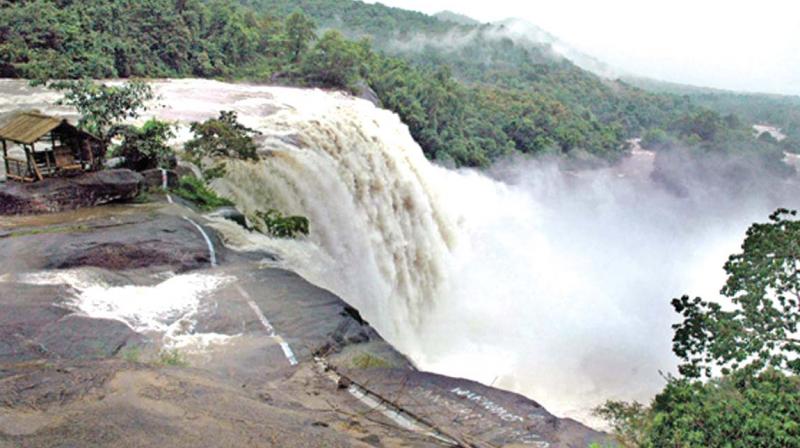Kerala: Funds for rivers go unutilised
The lowest utilisation was in Kollam district where only 14 per cent was utilised.

THIRUVANANTHAPURAM: The River Management Fund (RMF), created to meet all expenses for the management of river banks from where sand is officially removed, is flush with funds. Problem is, most of it is left unutilised. The RMF was constituted in all the 14 districts as stipulated under the Kerala Protection of River Banks and Regulation of Removal of Sand Act, 2001. Against total receipts of Rs 299.75 crore accumulated during 2011-16, the expenditure was only Rs 92.24 crore, 31 per cent. In the case of four districts (Ernakulam, Kollam, Thrissur and Malappuram) where the Revenue Department carried out a test-check, the utilisation was below 25 per cent.
The lowest utilisation was in Kollam district where only 14 per cent of the RMF was utilised during the period for the strengthening of the banks. Poor utilisation means that sand is being mined but virtually nothing was being done to restore the banks. A top revenue official attributed the poor utilisation to the dysfunctional nature of district expert committees. DECs, which have the district collector as the chairman and the executive engineer of the Irrigation department as the convener, are supposed to prepare River Development Plans (RDP) for the purposes of comprehensive development of river banks and its catchment areas. They will identify the ‘kadavu’ or river bank in a district in which sand removal may be permitted, to fix the total quantity of sand that can be removed from the ‘kadavu’, and even order the closure of a ‘kadavu’ opened for sand mining.
“With DECs shirking their responsibilities, over-exploitation of banks is the norm,” the official said. The RMF will never be short of funds. It will get half of the sales proceeds from the sale of sand. The remaining half will be the entitlement of the local body concerned. In addition to the share of sales proceeds, the RMF will also be nourished by the state government grants to implement the River Development Plan (RDP), money obtained by donations or contributions from public or from non-governmental agencies, and also all penalties imposed under the Sand Act and Rules. The Land Revenue commissioner and the district collector was responsible for implementing the provisions of the Sand Act at the State and district levels respectively.

